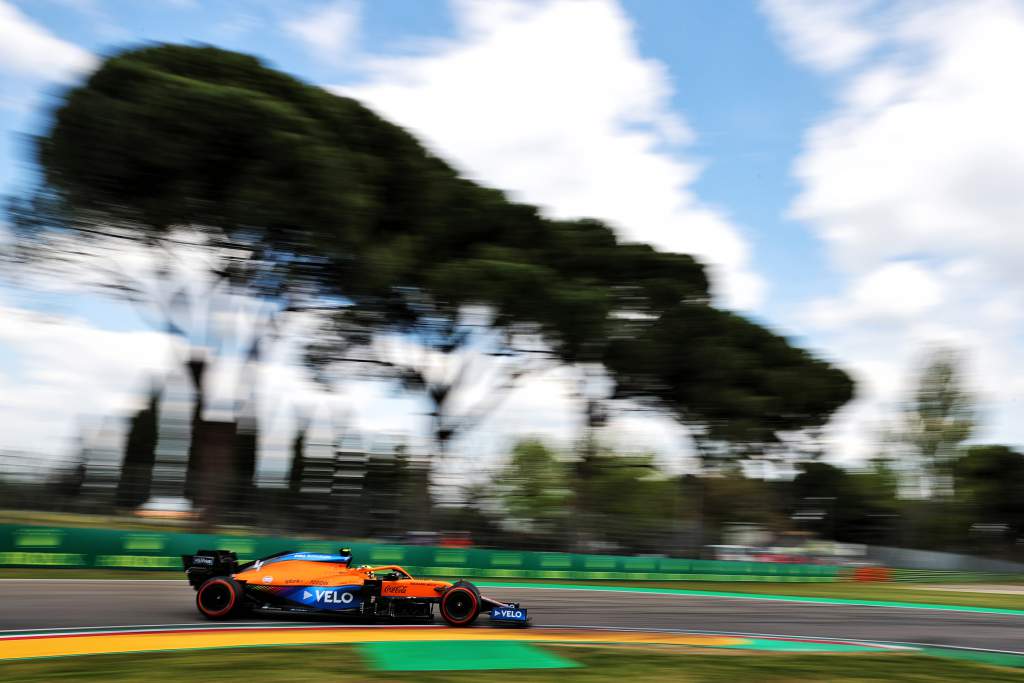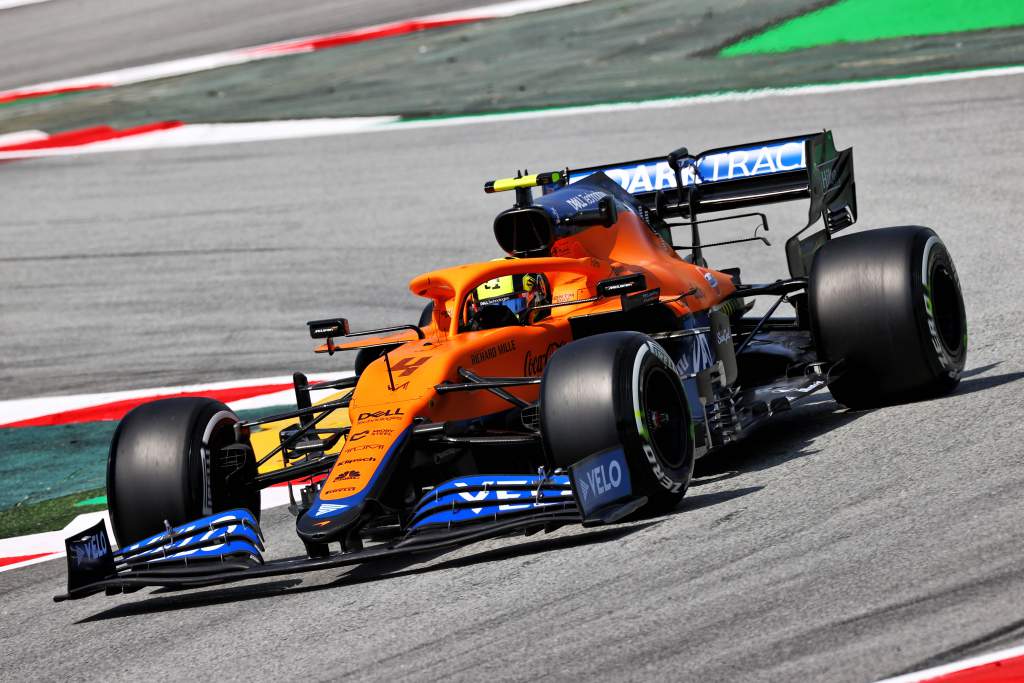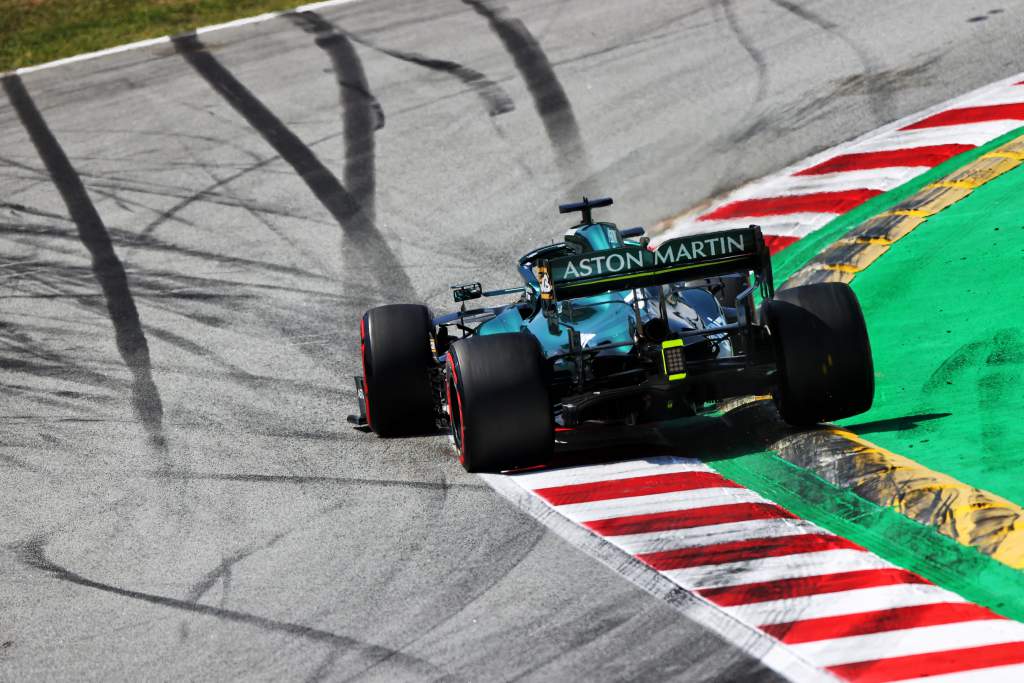Up Next

McLaren Formula 1 team boss Andreas Seidl believes there would be “millions of infringements” if the championship tried to police track limits at every corner using the white lines.
Track limits have been a point of contention for many years but the topic has been under great scrutiny at the start of the 2021 season, mainly because of high-stakes infringements from Max Verstappen.
The Red Bull driver had to give back the lead of the Bahrain Grand Prix after passing Lewis Hamilton off-track, he lost pole position in Portugal last weekend for exceeding track limits and in the race was stripped of fastest lap and the bonus point that goes with it for the same reason.
Verstappen said ahead of this weekend’s Spanish Grand Prix that F1 should have a “hard line” rule on track limits to stop different interpretations being enforced at different corners on different tracks.
F1’s rules on track limits denote the white line as the edge of the track and require a driver to keep at least one wheel in contact with that line at all times but there are also specific instructions at each event, as each track has a range of surfaces beyond the white line, like extended kerbs, artificial grass, real grass and gravel.
Seidl says there is “no short-term solution available” and says McLaren – which lost its best qualifying result of the season, third, at Imola because a lap was deleted for track limits – supports the flexible approach that F1’s governing body the FIA approaches.
“You need to be realistic and you can only enforce it in certain areas where you actually have to do the policing for safety reasons, or to make sure that no one can get a lasting advantage,” Seidl said.

“The idea of just using the white lines for the entire track for a more simpler way of policing track limits I think just doesn’t work because we would get millions of infringements and most of them will not really matter.
“That’s not a way forward.”
A complaint that has become more frequent over the last 12 months has been the frequent revision to the race director’s event notes, which has meant track limits rules have changed during the race weekend.
In Bahrain it went to a new extreme with different rules in place for practice and qualifying, and the race.

This weekend in Spain the track limits rules were adapted before Friday practice had even started.
The FIA justifies this as adapting its instructions based on feedback from teams and drivers and the evidence gathered from actually running the sessions.
In Spain, a pre-Friday change was made to specify that any driver who used old layout at the end of the track would have the following lap deleted as well, as the FIA wanted to rule out the possibility of a driver deliberately using the old circuit to get a better run onto the main straight.
Seidl suggested that tweaking the instructions didn’t matter “as long as we always know before the sessions what the track limits are and how they get policed”.
He also insisted the rules are being policed consistently when they are applied, which is McLaren’s priority, though he accepts that different rules for different corners can be confusing.
Teams have discussed the matter with F1 and the FIA this weekend and Seidl said they will continue to do so, to “see if there’s any way for example to install track limits in the future on all tracks which gives you an automatic physical track limit in terms of losing performance whenever you go off the line”.
But he reiterated: “They could [police every corner with the white line], because that’s the idea of track limits, but you obviously have a lot of infringements in places on the tracks where it doesn’t really matter, because it’s not a safety issue if you will go beyond the track limits, or you don’t gain anything from it.

“And I just think if you would really go extreme and say for all tracks, all around the track, whenever you would leave the white lines you will get a warning, it’s simply impossible to do it in real life, because you will get millions of track limits infringements.
“The effort to do that is just not in relation to what actually the issue is.
“We need to enforce it where it’s a safety issue or if you can gain a lasting advantage.
“You need to find a pragmatic way, and that’s what we have in place at the moment.”





